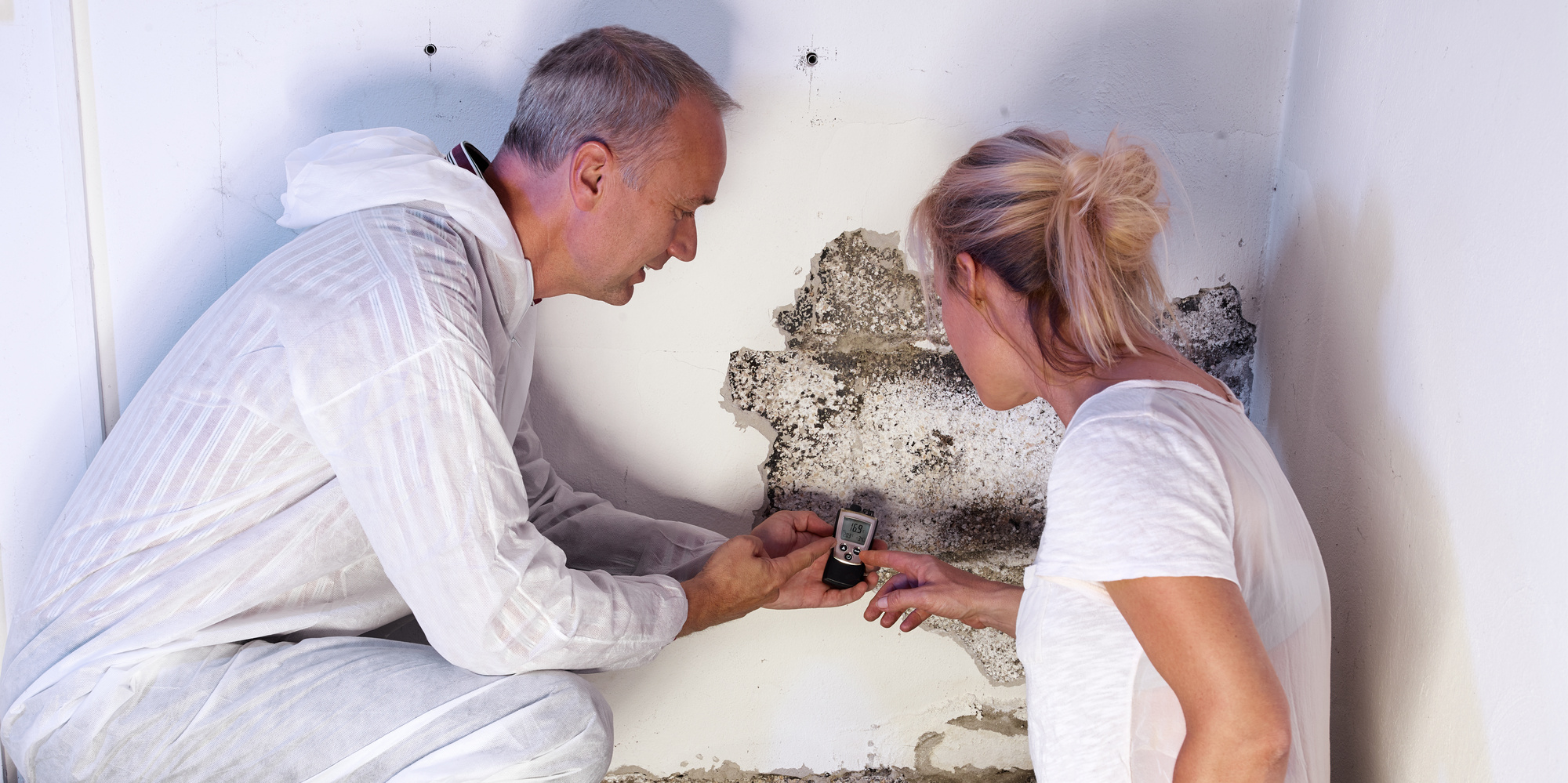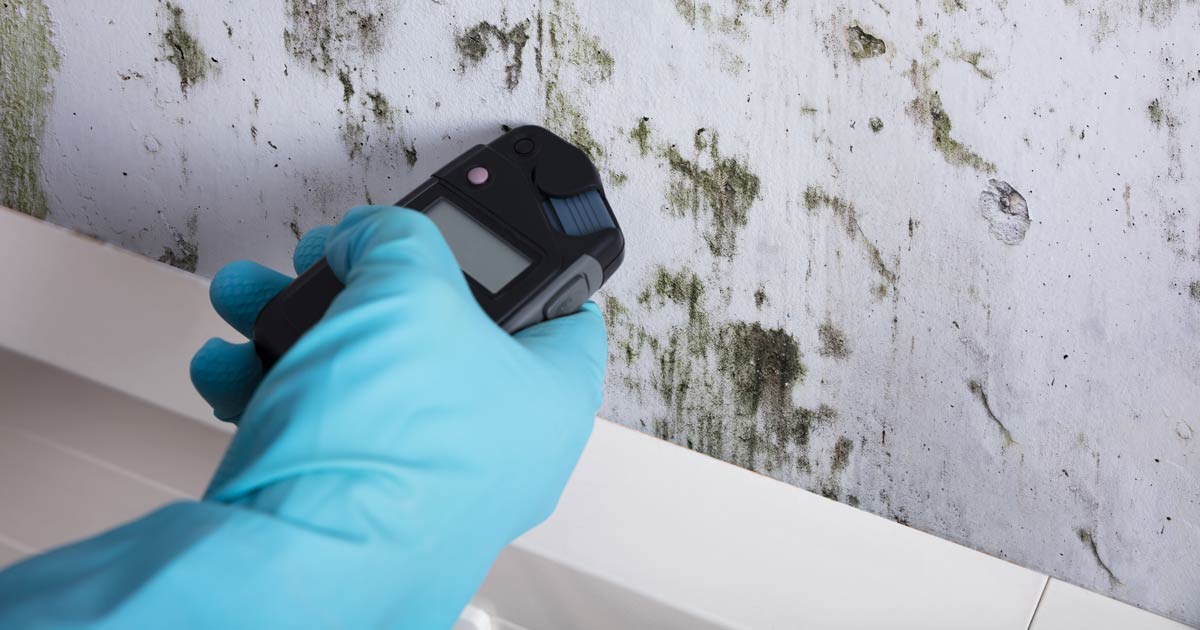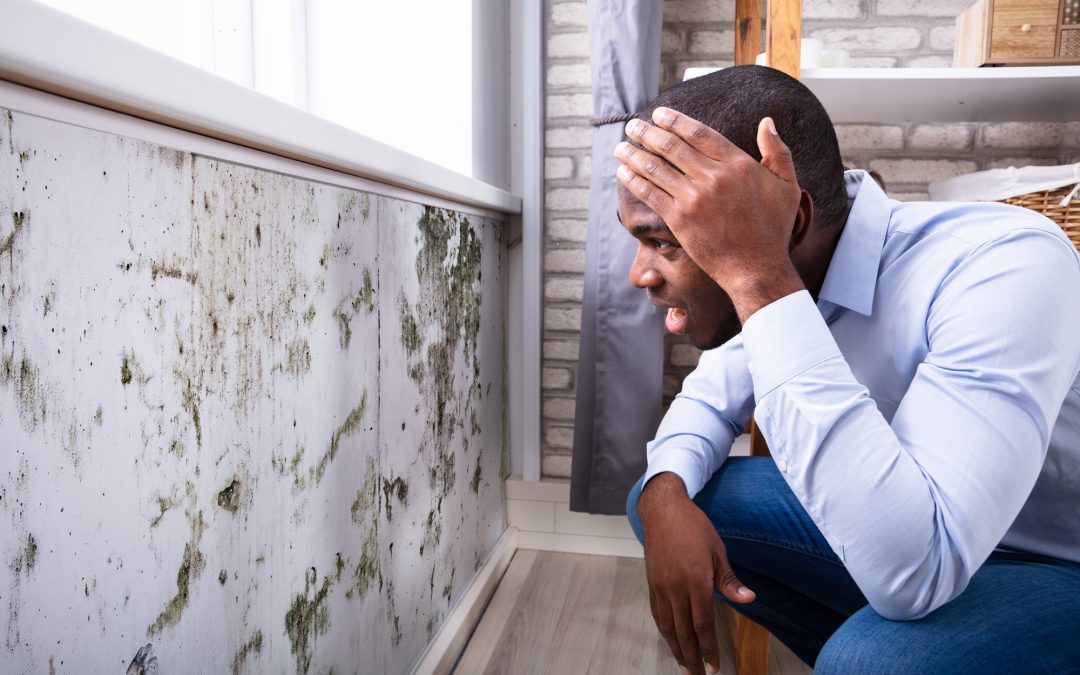Guidance on What to Do After Mold Remediation
Guidance on What to Do After Mold Remediation
Blog Article
Your Ultimate Guide to Blog Post Mold And Mildew Remediation Strategies
Browsing the realm of post-mold removal techniques is a precise process that requires focus to information and an extensive understanding of the complexities entailed. In the consequences of mold and mildew invasion, knowing exactly how to efficiently get rid of the mold and prevent its reoccurrence is vital for keeping a healthy and balanced interior atmosphere. From choosing the ideal cleansing and decontaminating methods to implementing approaches for long-term mold avoidance, each step in the remediation trip plays a critical role in making certain an effective result. As we embark on this exploration of post-mold remediation techniques, we will discover the essential techniques and finest practices that can assist you restore your space to its pre-mold problem and protect it versus future mold and mildew hazards.
Recognizing Post-Mold Removal Process
After completing the mold and mildew removal process, it is critical to comprehend the post-mold removal methods that are necessary to ensure a extensive and efficient cleanup. Once the mold and mildew has actually been removed, the next step includes cleansing and sanitizing the affected locations to prevent any kind of regrowth of mold.
In addition, carrying out a final evaluation post-remediation is crucial to make certain that all mold and mildew has been successfully gotten rid of. This evaluation must entail a comprehensive aesthetic check in addition to potentially air sampling to validate the absence of mold spores in the air. If the inspection discloses any kind of lingering mold and mildew, extra removal may be essential. Last but not least, educating owners on safety nets such as managing dampness degrees and immediately attending to any kind of water leaks can aid maintain a mold-free atmosphere.
Effective Cleaning and Sanitizing Techniques

Protecting Against Future Mold Growth

Importance of Appropriate Air Flow
Proper air flow plays a crucial duty in avoiding dampness accumulation, an essential consider mold and mildew growth within interior atmospheres. Effective air flow systems help get rid of excess moisture from the air, minimizing the opportunities of mold spores finding the wetness they need to sprout and spread out. Without appropriate ventilation, interior rooms can become a breeding place for mold and mildew, leading to potential health risks and architectural damage.
By guaranteeing correct air blood circulation, air flow systems can likewise assist in drying damp locations extra promptly after water damages or flooding cases, even more deterring mold development. Post Mold Remediation. Precede like restrooms, kitchen areas, cellars, and attics where wetness degrees often tend to be greater, mounting and maintaining effective air flow systems is critical in preventing mold infestations

Monitoring and Upkeep Tips
Given the essential function that correct air flow plays in avoiding mold growth, it is critical to establish effective surveillance and maintenance tips to make sure the ongoing capability of air flow systems. Tracking humidity degrees within the property is additionally crucial, as high humidity can contribute to mold and mildew growth. By staying mindful and aggressive to the problem of air flow systems, residential or commercial property owners can successfully mitigate the Extra resources risk of mold and mildew regrowth and maintain a healthy interior atmosphere.
Verdict
In verdict, post-mold remediation techniques are necessary for guaranteeing a clean and secure environment. Recognizing the process, executing reliable cleaning and decontaminating approaches, stopping future mold growth, preserving appropriate air flow, and routine tracking are all critical steps in the remediation procedure. By complying with these standards, you can successfully remove mold and prevent its return, promoting a healthy living or working room for all passengers.
In the after-effects of mold and mildew problem, knowing how to efficiently get rid of the mold and stop its reoccurrence is critical for preserving a healthy indoor setting. When the mold and mildew has been eliminated, the following step includes cleaning and sanitizing the affected areas to protect against any kind of regrowth of mold - Post Mold Remediation. After removing noticeable mold development, it is important to cleanse all surface areas in the damaged area to eliminate any kind of staying mold spores. To further improve mold avoidance procedures, it is essential to address underlying problems that originally led to mold advancement.Offered the important function that proper ventilation plays in stopping mold and mildew growth, it is critical to develop effective monitoring and maintenance pointers to make sure the ongoing functionality of ventilation systems
Report this page